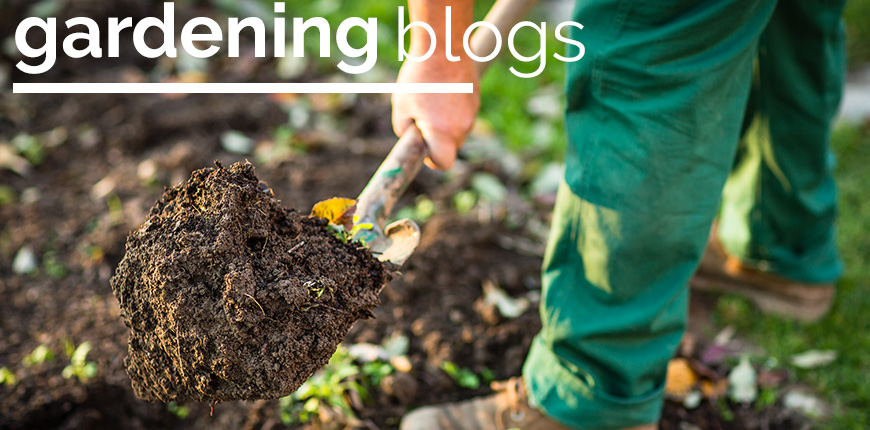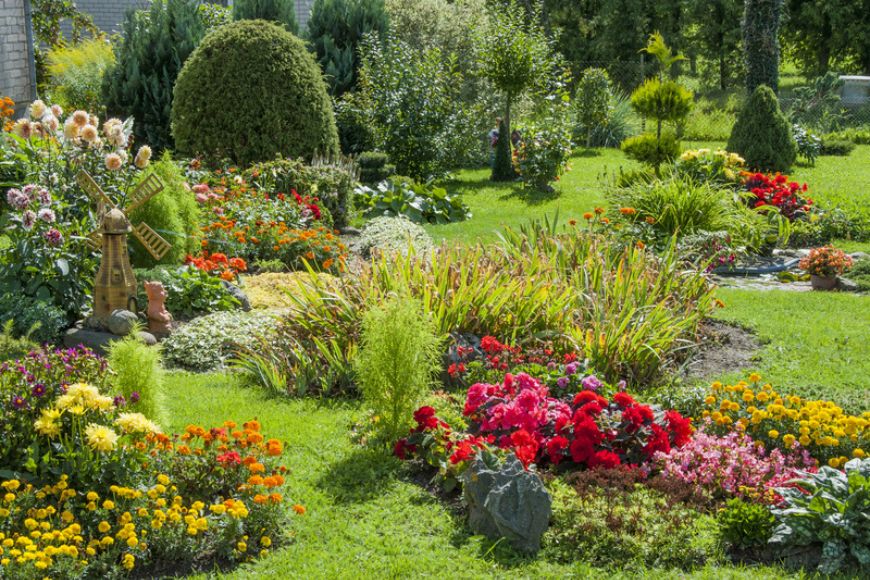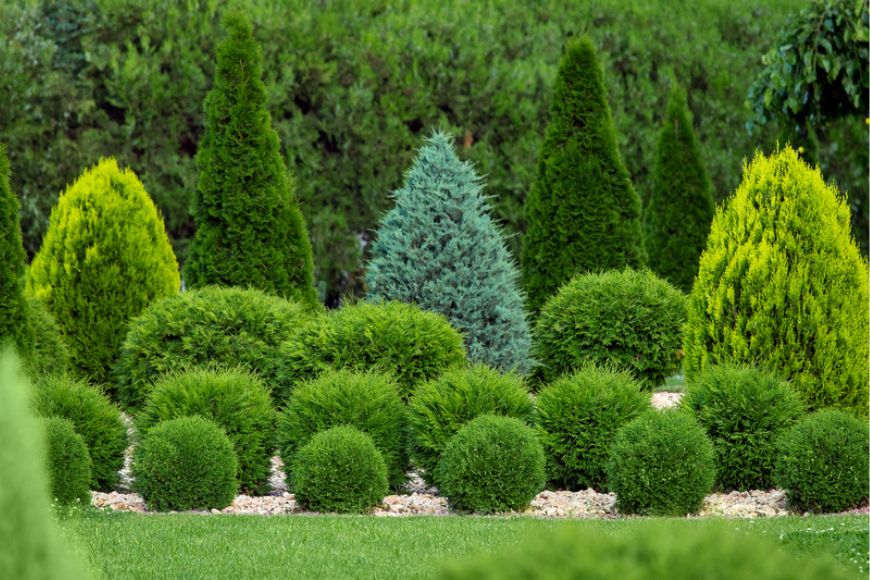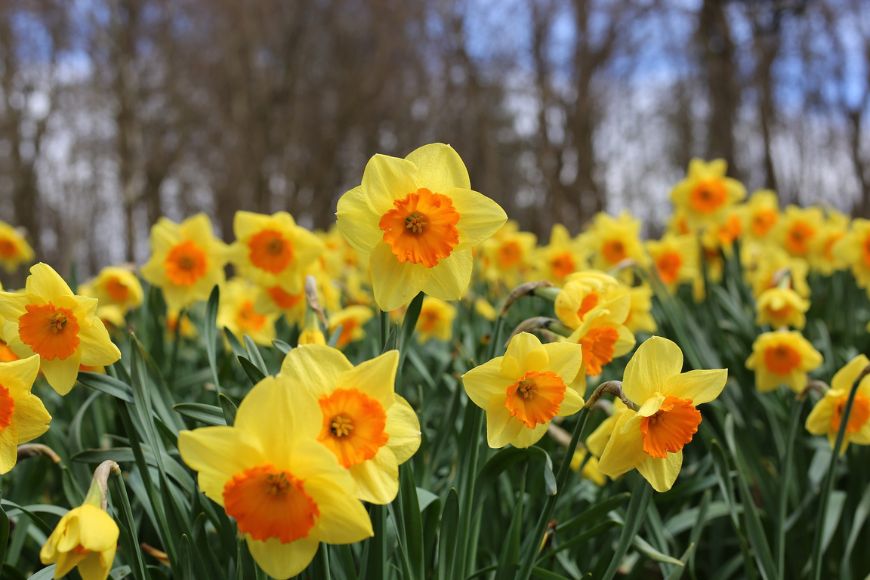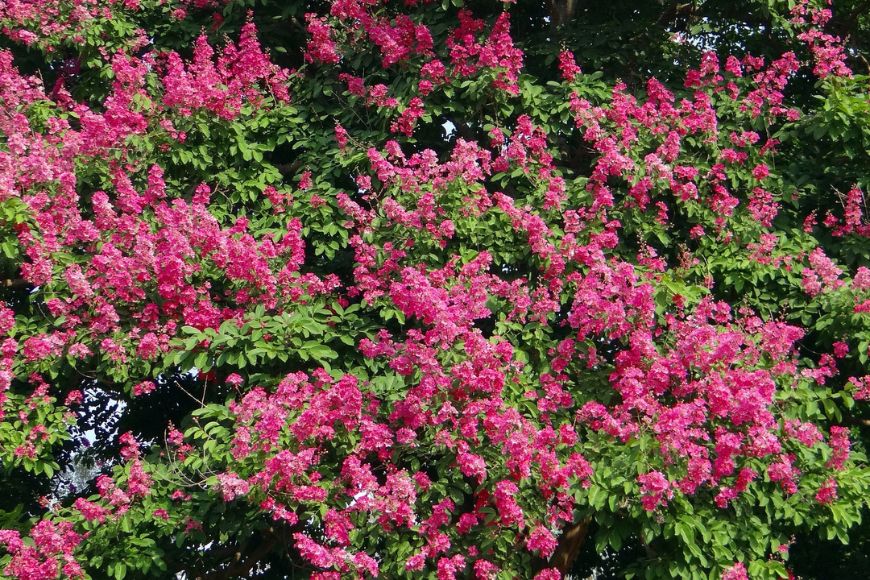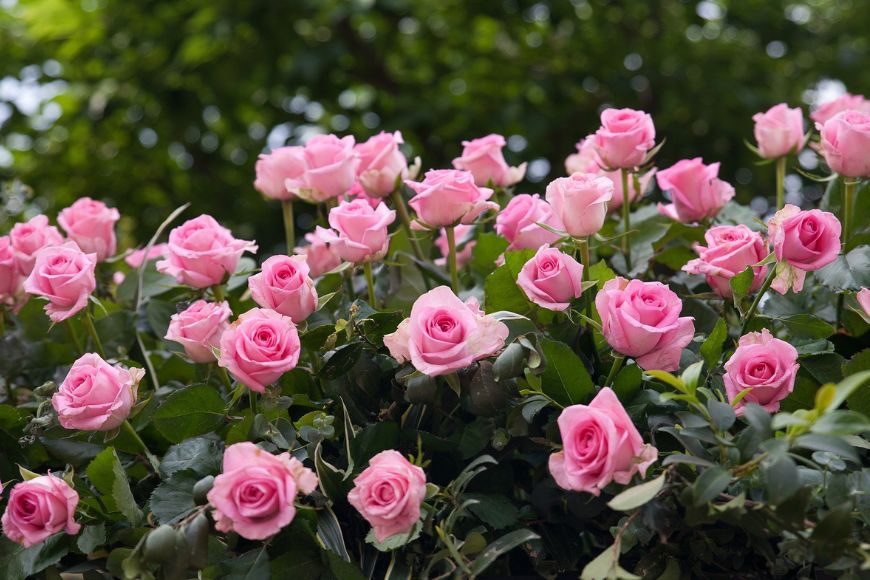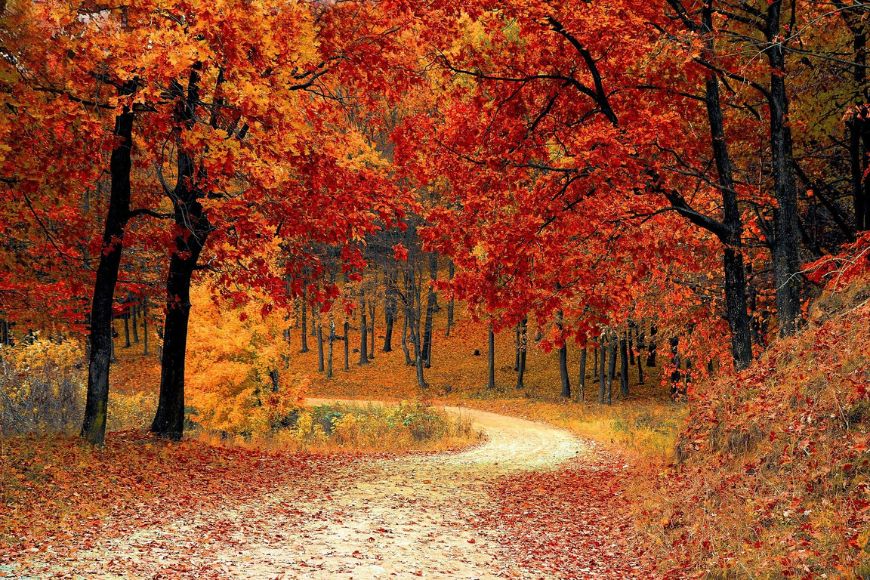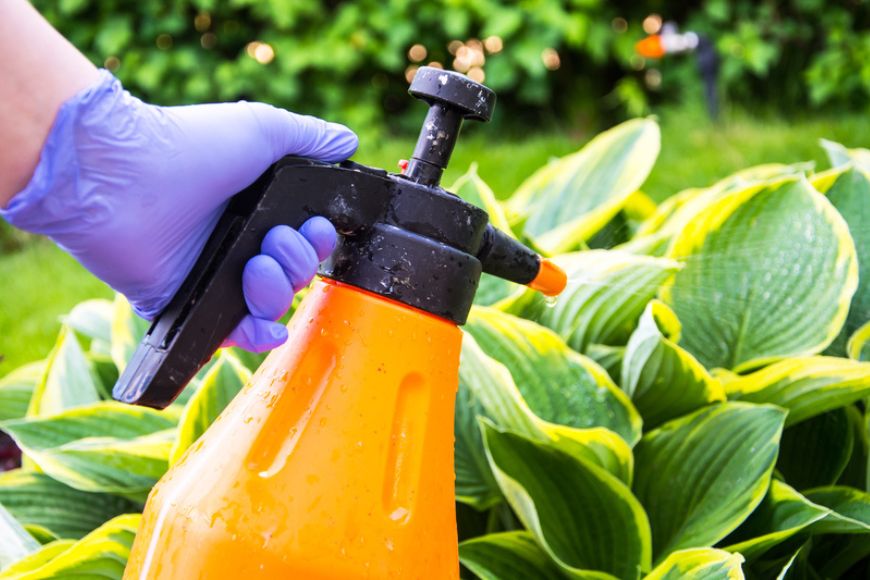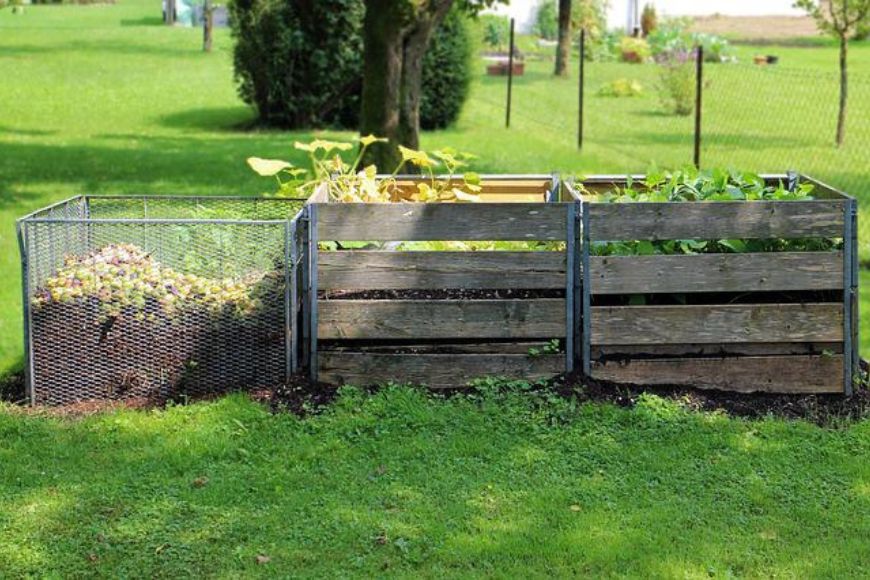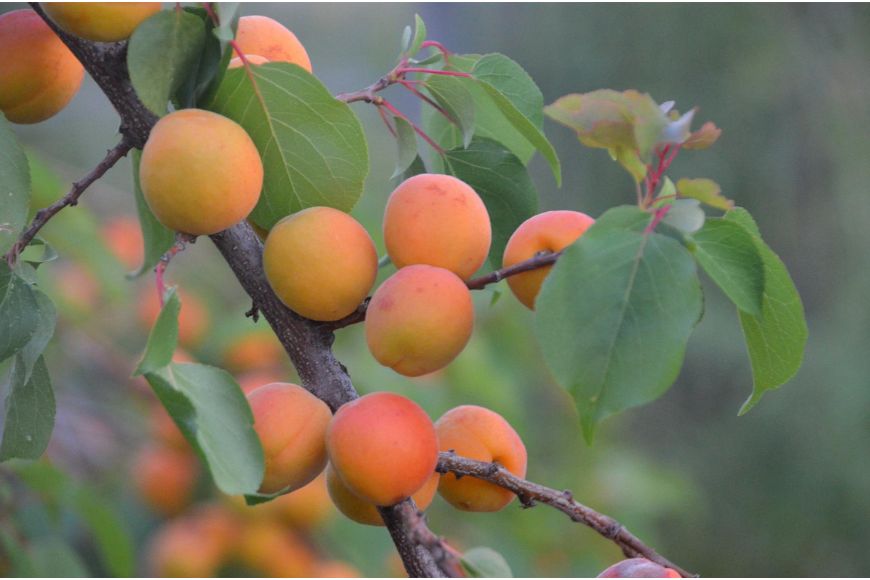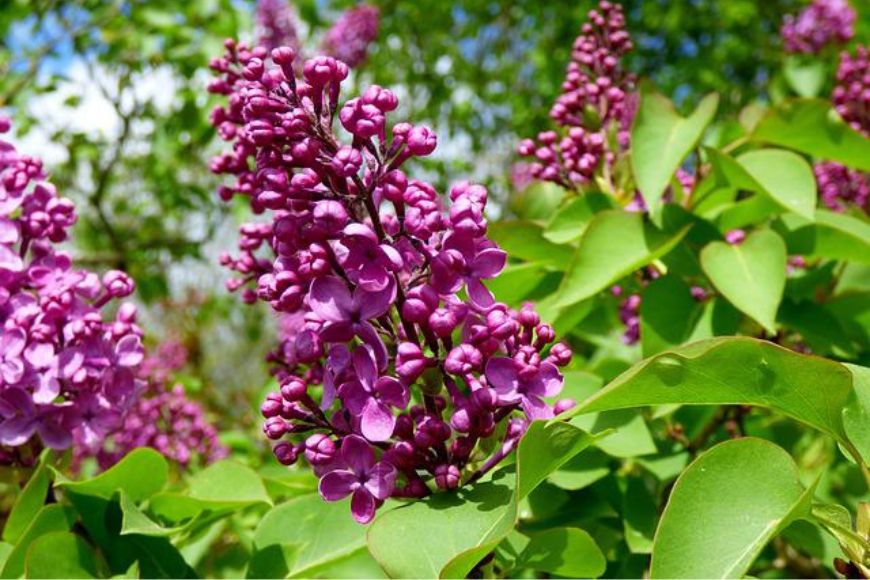Top 5 Tips for Planning your 2023 Garden
Before you know it, spring will be here and so will all the joy and beauty of the season. However, you shouldn’t wait until temperatures creep back up to dig in, dust off your trowel, and give in to your green thumb! A new year presents the perfect opportunity to begin planning your garden. There’s no need to delay. With these tips, your 2023 garden will glow with blooms, buds, and boundless beauty.
1. Put Pen-to-Paper to Plan for Plant Perfection
Laying out your 2023 garden now gives you the opportunity to truly embrace your yard’s full potential. It also allows you the chance to take inventory of what perennial plants you can anticipate returning to life and where your garden needs a little extra love. Plus, beginning the year with a well-thought-out plan will ensure your year of gardening will go smoothly.
To create your 2023

